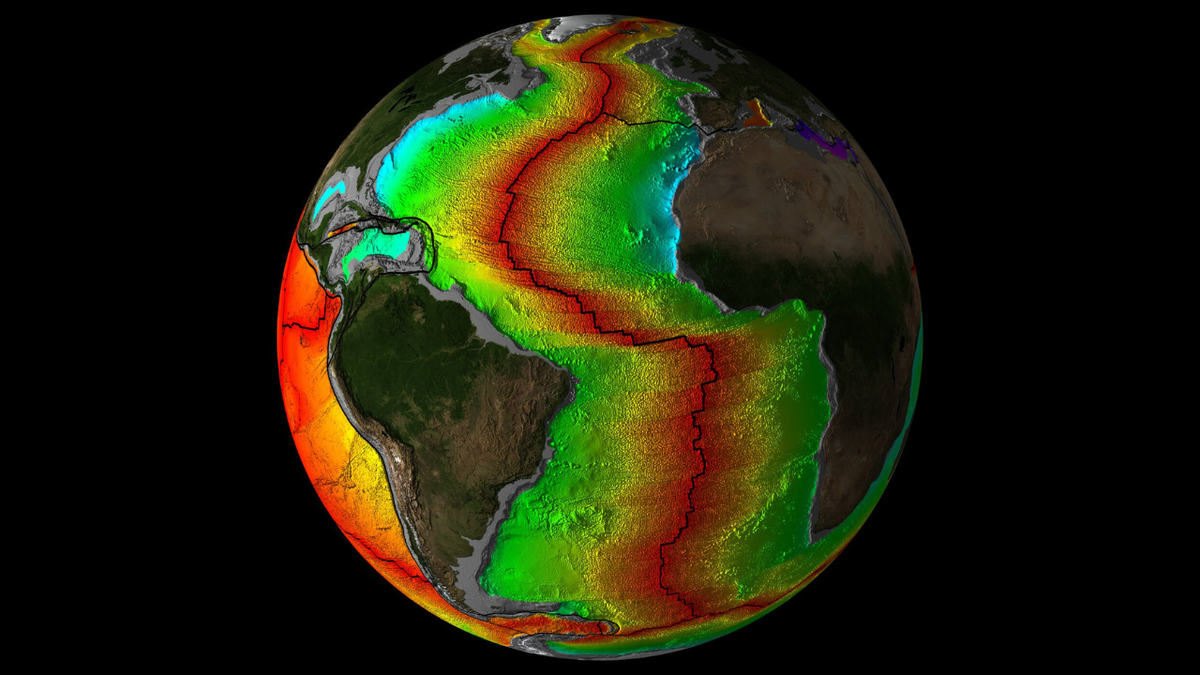Research suggests that a subduction zone beneath the Gibraltar Strait is gradually moving westward, potentially leading to the “invasion” of the Atlantic Ocean and the subsequent closure of the ocean. This subduction zone, also known as the Gibraltar arc or trench, is currently situated between Portugal and Morocco and has been slowly migrating westward for around 30 million years. While the westward movement of the subduction zone paused approximately 5 million years ago, recent studies indicate that it is merely in a state of dormancy rather than being inactive.
Published on Feb. 13 in the journal Geology, a study suggests that this lull in movement is expected to continue for another 20 million years before the Gibraltar arc could potentially resume its westward advance and eventually reach the Atlantic, a process referred to as “subduction invasion.” This geological phenomenon bears resemblance to similar subduction zones in the Atlantic Ocean, such as the Lesser Antilles subduction zone and the Scotia arc near Antarctica, both of which invaded the Atlantic millions of years ago.
Lead author João Duarte, a geologist and assistant professor at the University of Lisbon, highlighted the significance of studying the Gibraltar arc in its early stages to observe the subduction process. The researchers utilized computer modeling to simulate the formation and evolution of the subduction zone from the Oligocene epoch to the present day. The study revealed a gradual decline in the subduction zone’s speed as it approached the Atlantic boundary, indicating the potential failure of the Gibraltar subduction zone in the future.
The computer models predicted that the Gibraltar arc will continue to push through the narrow Gibraltar Strait over the next 20 million years, followed by a widening and oceanward propagation of the subduction zone. If the subduction zone invades the Atlantic Ocean, it could contribute to the creation of an Atlantic subduction system, reminiscent of the Ring of Fire around the Pacific Ocean. This subduction process would involve the recycling of oceanic crust into the mantle through subduction, gradually closing up the Atlantic Ocean.
Researchers speculate that the lack of seismic and volcanic activity in the region, often cited as evidence against the subduction zone’s activity, is a consequence of its extended period of stagnation. The infrequency of major earthquakes, such as the 1755 Great Lisbon Earthquake, which reached an estimated magnitude of 8.5 to 9.0, supports the notion that significant seismic events are unlikely to occur soon due to the slow movement along the subduction interface.
The detailed computer models used in this study provide valuable insights into the potential future evolution of the Gibraltar arc and the implications of its interaction with the Atlantic Ocean. The study underscores the importance of understanding subduction processes and their long-term geological impacts on oceanic environments.
Image/Photo credit: source url





